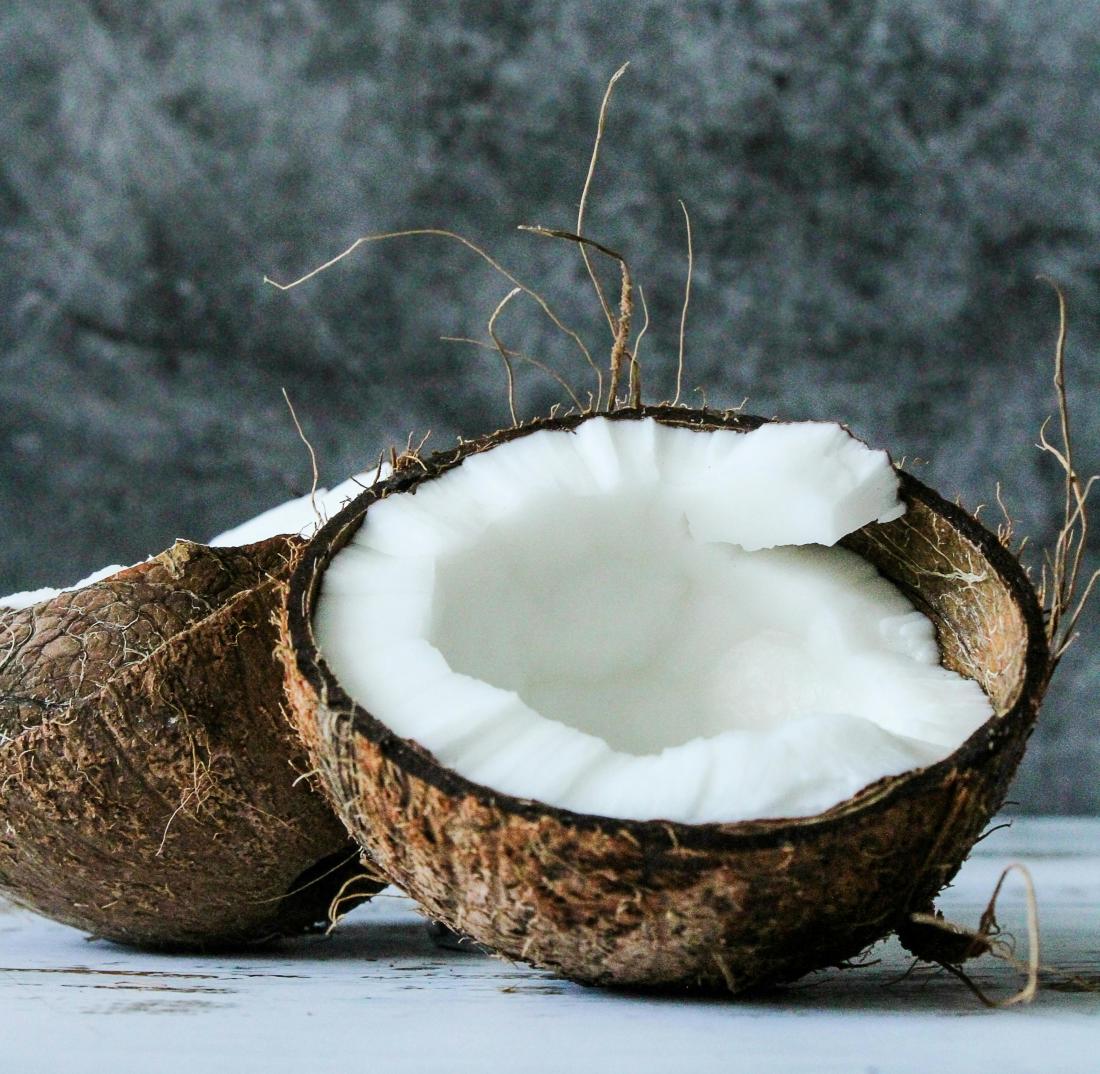Coconut fibres
The continuous evolution of 3D printing materials has paved the way for groundbreaking research into enhancing the mechanical and thermal characteristics of polylactic acid (PLA) composites. In a recent study, scientists have explored the synergistic effects of coir fiber powder (CFP) reinforcement and the annealing process, unraveling a novel approach to optimize the performance of 3D printed materials. This research not only delves into the specifics of reinforcement weight percentages but also sheds light on the effects of annealing on the resulting PLA composites.
The study initiated the fabrication of CFP/PLA composite filaments with varying CFP compositions (0.1, 0.3, and 0.5 wt%). These filaments underwent a 3D printing process, using a hot air oven for the initial phase, followed by controlled cooling at room temperature. The resulting CFP/PLA test specimens became the focus for a comprehensive analysis, examining mechanical, morphological, crystalline, and thermal characteristics.
Neat PLA exhibited a baseline tensile strength of 49.7 MPa and a flexural strength of 82.4 MPa. However, the introduction of 0.5 wt% CFP as a reinforcement material led to a marginal reduction of 6.4% and 8.13% in tensile and flexural strength, respectively. In contrast, the annealed CFP/PLA composite specimen, reinforced with 0.1 wt% CFP, demonstrated a remarkable enhancement. It showcased a maximum tensile strength of 56.4 MPa and a maximum flexural strength of 92.9 MPa, marking a substantial improvement of 13.5% and 12.7%, respectively, over neat PLA. Notably, these strengths surpassed those of the unannealed CFP/PLA composite specimen with the same 0.1 wt% CFP reinforcement by 15.5% and 16.7%, respectively.
The researchers conducted in-depth morphological and crystalline characterizations to understand the structural changes within the composites. The annealing process significantly increased the crystallinity index by 63% and the crystalline size to 6.7 nm. These enhancements in crystalline structure contribute to the improved mechanical properties observed in the annealed CFP/PLA composite.
The study also covered the morphological and crystalline analyses; the result reveal the impact of the annealing process. The annealing process significantly increased the crystallinity of the composites, as evidenced by increases in the crystallinity index of 63% and crystalline size of 6.7 nm. These structural improvements play a crucial role in augmenting the overall mechanical properties of the PLA composites.
In addition to mechanical enhancements, the study highlighted the exceptional thermal stability of the CFP/PLA composites. With a glass transition temperature of 256°C, these materials prove to be highly suitable for applications requiring resistance to elevated temperatures, particularly in fields such as food and medical packaging.
The research presents a leap forward in the optimization of 3D printed PLA composites, underscoring the significance of coir fiber powder reinforcement and the annealing process. By exploring the interplay of reinforcement percentages and thermal treatment, this study not only contributes to the growing knowledge base in materials science but also opens new avenues for the application of advanced materials in high-performance industries. As industries continue to push the boundaries of material innovation, the findings of this research will undoubtedly shape the future landscape of 3D printing technology and its applications.
Dr. Kheng Lim Goh from Newcastle University in Singapore and Dr. Eugene Wong from the Singapore Institute of Technology served as the overall lead investigators for this project. Alongside Mr. Liu Shengjie's assistance, the team perfected the 3D printing approach for producing CFP/PLA composite-based parts and tested their mechanical integrity, complemented by a detailed microscopic examination. Dr. Brailson Mansingh Bright from Sri Ramakrishna Engineering College, India, and Dr. Joseph Seliv Binoj from Saveetha University, India, led the physical testing studies, notably TGA, FTIR, and XRD and initiated the draft of the manuscript. Dr. Shukur Abu Hassan from Universiti Teknologi Malaysia, Malaysia, and Heru Suryanto from Universitas Negeri Malang, Indonesia, with their wealth of knowledge in growing, extracting, and utilizing natural fibers, provided invaluable technical advice for the entire project.
The work has been published in Polymer Composites (DOI: 10.1002/pc.28214)[1]. For researchers who are interested to use the data for secondary and meta analysis, the dataset resulting from this project has been published in figshare [2]https://doi.org/10.1002/pc.28214
For further information, please contact Dr Kheng Lim Goh at [email protected] or Dr JS Binoj at [email protected]
References
[1] B. M. Bright et al., "Feasibility study on thermo‐mechanical performance of 3D printed and annealed coir fiber powder/polylactic acid eco‐friendly biocomposites," Polym Compos, 2024, doi: 10.1002/pc.28214.
[2] B. M. Bright et al. Feasibility study on thermo‐mechanical performance of 3D printed and annealed coir fiber powder/polylactic acid eco‐friendly biocomposites: Dataset, doi: https://doi.org/10.1002/pc.28214.



